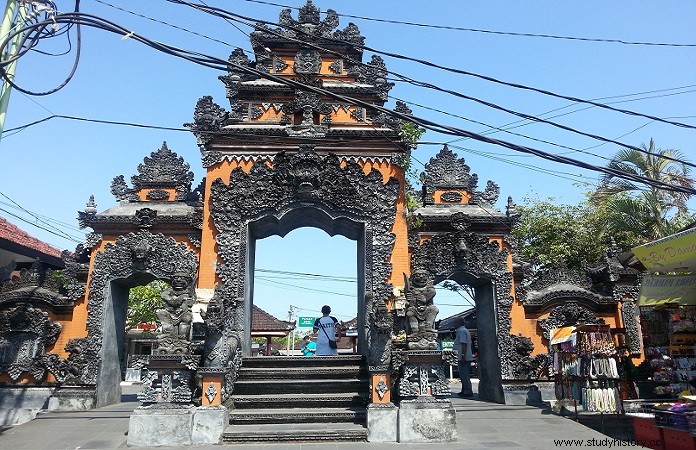
Revolt against Dutch in Indonesia
In AD 1825, the people of Indonesia revolted strongly against the Dutch rule, but this rebellion was crushed. The repression cycle of the Dutch was so brutal that the people of Indonesia remained calm for almost 95 years. In the First World War (E.1914-19), the Allies gave the slogan of democracy and freedom. This also spread the feeling of nationalism in Indonesia, but when the world war ended and Indonesia did not get anything, in 1920 AD, there was discontent against Dutch rule in Java and Sumatra. Soon there was a split among the agitators and the Dutch government completely crushed the independence movement.
Formation of the Indonesian National Party
In AD 1927, the Dutch government made many reforms in the governance of Indonesia and established a parliament in which two-thirds of the parliamentarians were to be nominated by the public and one-third to be nominated by the Dutch government. The Speaker of the Parliament was appointed by the Government. The people were not satisfied with these reforms and in the same year the "Indonesian National Party" was formed under the leadership of Sukan. This party started the national movement anew in Indonesia and opened schools from village to village so that the youth could be educated about patriotism and independence. In AD 1929, the government banned this party.
Japan's right over Indonesian islands
During the Second World War (E.1939-45), in AD 1942, Japan established military rule by occupying the Indonesian islands. The Dutch had to evacuate Indonesia, but some islands still remained under their control. When Japan collapsed in AD 1945, the Japanese government announced the independence of Indonesia before surrendering.
Struggle for the establishment of the Indonesian Republic
Sukarno's Indonesian National Party attempted to form a government in the country in this sudden situation, but the Dutch returned and refused to independent Indonesia. Both the sides stuck to their point of view and the conversation between the two continued. Finally, on 25 March 1947, the Lingayati (Lingajati/Linggadjati) agreement was signed, according to which the Indonesian republics in Java, Sumatra and Madura were recognized. Sukarno wanted to unite all the islands of Indonesia into a single country and the Dutch government wanted the Indonesian islands and Howland to form a federation. As a result, the conflict started again between the two sides. The Dutch government invaded the areas under Sukarno's authority and called it a police action. On this, India and Australia raised this issue in the Security Council of the United Nations. The war ended in January 1948 with the intervention of the Security Council. After the incident of "Batavia", the war started again in December 1948, but by then the world public opinion had turned in favor of Sukarno. The Security Council again passed a resolution for a prisoner of war, which was rejected by the Dutch government and Sukarno and his companions were taken prisoner.
Recognition of the Republic of Indonesia
From 23 August to 2 November 1949, a conference was held in The Hague to resolve the Indonesian problem. After the decision taken in this, Indonesia was declared a federation and the republic declared by Dr. Sukarno was recognized. According to this agreement, on 27 November 1949, the real power of Indonesia was handed over to the government led by Sukarno, but Holland's formal partnership in the Indonesian State Union was considered. That is, in Indonesia, Holland and Indonesian government were considered as equal sovereign nations. People wanted to end this relationship as well. Therefore, on 15 August 1950, the Indonesian Unified Republic was established and in AD 1955 all relations between Indonesia and Holland ended.
